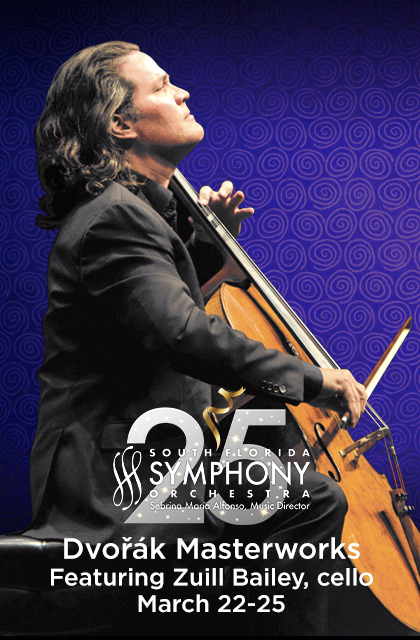.jpg)
Though Jean Sibelius is a Finnish composer, his first language was Swedish. Both his father and his younger brother were medical doctors. From an early age, Jean's musical taste embraced Romantic Nationalism. At 15, he planned on becoming a violinist though, as we know, he wound up as Finland's most celebrated composer after studying in Helsinki, Berlin and Vienna. His dry sense of humor is illustrated by one of his quotes: "Pay no attention to critics. There's never been a monument erected to one!" As a nature lover, Jean, and his wife Aino, built a home on Lake Tusula, about half an hour's drive out of Helsinki. They called the house, "Ainola" and, once ensconced, they started making both music and children. Of the latter there were ultimately six…all girls.
On December 8, 1915, Sibelius turned 50. The Finnish government marked the occasion not only by declaring a National Holiday but by commissioning this symphony. While writing the work, the composer noted in his diary, "It's as if God Almighty had thrown down pieces of a mosaic for Heaven's floor and asked me to find out what was the original pattern." Evidently, the pattern proved to be elusive, as Sibelius revised the work several times over the next four years. As it stands, in its final form, the symphony is in three movements.
The first movement opens with a melody on the French horn which forms the basis of a slow development. However, as the movement progresses, excitement mounts only to end in a resounding climax. The andante second movement takes the form of a series of flute variations. The third, and final, movement seems to have been, at least in part, inspired by the calls of a flock of swans taking flight. The closing six chords of this remarkable work are surely unique in symphonic literature.
Program note by A. Ian Fraser
